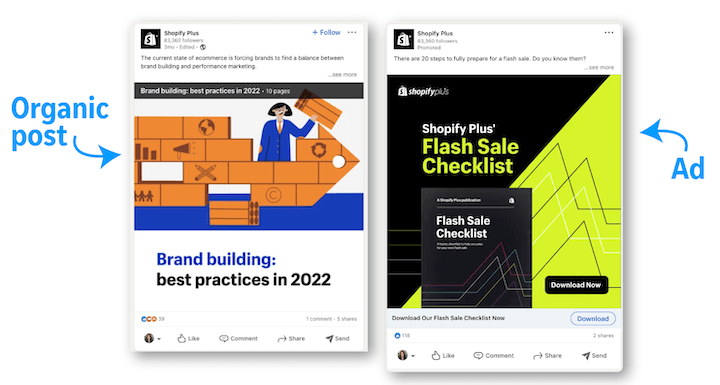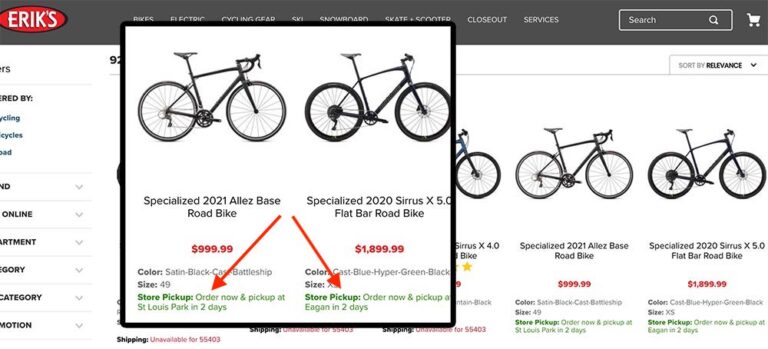Want to know a scary stat? 96% iOS14+ users have opted out of tracking. In many ways, you can understand it: most of us didn’t realize the extent to which Facebook followed us around the web. So from a libertarian perspective, it kind of makes sense.
- Go to Security Center
- Select Verification.
- Page view
- View content
- Add to Cart
- Initiate Checkout
- Purchase
This is important to remember when reporting. Always give yourself a buffer of 3-4 days to ensure you have the most accurate data possible.
The reality is, there is no perfect way to track ad performance. So you need to find a way that works specifically for you.
If you try these strategies you should start to see an improvement in your campaigns, but as with anything Facebook ads-related, it’s all about testing. Test these strategies and find out which ones perform best for your business.
- Go to Events Manager
- Click on the Aggregated Event Measurement tab
- Click on Manage Events, and select your (now verified) domain
- Click Manage Events
- Add the Events you want to track across your campaign.
But one of the most common pain points with iOS is that previously successful Facebook ad campaigns have stopped performing as well as they used to.
1. Rebuild campaigns from scratch
But it’s not the end of the world.
You’ll also get a much clearer reflection of results if you also measure performance using UTMs and Google Analytics, as well as Facebook’s tracking.
In the past, it was possible to create an unlimited number of tracking events within a Facebook advertising account; now, they’ve limited it to eight. Most advertisers only track 1-5 events per campaign, so this shouldn’t create a significant obstacle. But if you do use lots of different tracking events, simply consolidate your events and use the same ones across various campaigns (learn more about this strategy here).
But as a result, Facebook website retargeting campaigns are no producing the results they once did. But what is producing results for us lately is on-platform retargeting. In other words, keep users on Facebook because opting out of tracking doesn’t apply if the user stays on-platform.
You’ll need to list your events by priority. If your campaign is about making sales, make sure that Purchase (for example) is the highest priority.
2. Try interest stacking
Setting up the Facebook pixel used to be all you needed to track and report on your Facebook ads, but with App Tracking Transparency (users can opt to not be tracked) and Google’s eventual depreciation of third-party cookies (which the pixel relies on), the pixel is losing its power.
Plus, lead ads are trackable. Many iOS users go off the radar once they click on your ad because they’ve opted out of tracking. But lead ad clickers stay within the Facebook ecosystem. So while leads from external clicks can dissolve into the ether, leads from lead ads remain trackable. We recently launched a lead ad campaign for our agency and generated leads for less than .20 each.
3. Keep targeting expansion on
Another reason reporting is slightly trickier now is that Facebook’s reporting is delayed up to three days, meaning conversions you’ve received from your ads in the previous couple of days may not show yet.
As with all major ad platform changes, it’s adapt or die. And we’ve found that rebuilding a campaign from scratch can work exceptionally well. Sure, it’s going to take you a little extra time to rebuild your campaign templates, but one of our clients experienced a 59% reduction in cost per lead after rebuilding a previously successful campaign.
4. Retarget video views
The big takeaways from all of this are:
Whizz back to pre-iOS14 when we used to do Facebook ad targeting by individual interest. This level of specificity was priceless, especially if you knew your audience. But it doesn’t work as well under the new regime.
For example, we used to create one ad set targeting a singular interest. So if we were looking to target marketers, we might target people who are interested in Buffer. Now, it’s more effective to go a little broader. Rather than just Buffer, you might add Hootsuite + Sprout Social + StreamYard, etc. all into the same audience.
We might look back one day on the great exodus of the 2021 opt-out and laugh. Like all significant cultural shifts, there’s a lot of panic and resistance initially, but those open to learning always catch the early worm. Either way, we adapt and move on. And that’s how we remain successful.
To avoid underreporting results, it’s essential to start using the Facebook Conversions API (in conjunction with the pixel). The API doesn’t require cookies for tracking events because it connects your server directly to Facebook’s.
A lot of advertisers feared the worst when news of Apple’s changes were made public… and for good reason. If you’ve seen a dip in the performance of your Facebook advertising campaigns, you’re not alone.
6. Set up external tracking & reporting
Disastrophe!
Use the Facebook Conversions API
But we’re finding lead ads to drastically reduce our Facebook cost per lead, making campaigns more profitable. We recently launched a lead ad campaign for our agency and generated leads for less than .20 each.
To set up aggregated event management:
Use UTMs
As mentioned above, going broader with your audience’s interests gives Facebook’s algorithm more to work with. So in addition to stacking interests, we also recommend locking Targeting Expansion to On.
Give yourself a 3-4 day buffer
And on-platform video views can be a super effective Facebook ad targeting strategy even after iOS.
If you’ve been advertising for some time, you’ve probably been able to get your campaigns to a point where you’re consistently seeing good results. You know the audiences and creatives that work, and Facebook has optimized for those.
For example, online shops might track: View content -> Add to Cart -> Initiate Checkout -> Purchase
Adapt and move on
Brett McHale has also found lead ads, as well as messenger ads, to be particularly effective in generating leads post-iOS 14.
For more targeting tips, check out these 8 Tips to Prevail in the Battle of Facebook Ad Targeting vs iOS 14.
- Rebuild campaigns from Keep users on-platform and make use of on-platform tools
- Implement external tracking to reinforce your campaign reporting
- Stack interests to broaden your audiences (and Lookalikes)
- Reset your campaigns for the new world
- Optimize your ad account setup
One of the real tragedies of iOS14 is how it has negatively affected Facebook’s ability to report on results in Ads Manager. Here are three things to do about it.






